Ultimate Ski Gear Guide | What to Wear When Skiing
When you zipping down snow-covered mountains, the wind rushing past your face, and the thrill of the descent filling you with joy. Skiing isn’t just about the slopes; it’s an adventure that promises excitement and fun.
But before you hit the powder, it’s essential to gear up properly. The right clothing can transform your skiing experience, keeping you warm, comfortable, and safe.
The Foundation of Warmth
Base layers are crucial as they are the first line of defense against the cold. These layers sit directly against your skin and are responsible for moisture-wicking. When choosing base layers, opt for materials like merino wool or synthetic fabrics such as polyester, which are excellent at keeping sweat away from your body.
Avoid cotton as it retains moisture, which can lead to chills. Merino wool is particularly beneficial because it is soft, itch-free, and offers natural odor resistance, which is perfect for long days on the slopes.
Synthetic fabrics, on the other hand, are often more affordable and dry quicker, making them a practical choice for many skiers.

Insulation and Comfort
The mid layers provide insulation, trapping heat close to your body. Fleece, down, or synthetic jackets are popular choices for this layer. Down jackets offer superior warmth but can lose their insulating properties when wet, whereas synthetic options like PrimaLoft maintain insulation even when damp.
Choose a mid-layer that offers both warmth and breathability to keep you comfortable throughout your skiing adventure. Fleece jackets are particularly popular due to their lightweight nature and excellent breathability, which prevents overheating during intense physical activity.
Moreover, synthetic insulated jackets provide a good balance of warmth and moisture management, making them versatile for varying weather conditions.
Protection Against the Elements
Your outer layers include your ski jacket and pants, which should be waterproof and windproof. Look for garments made with Gore-Tex or similar materials that provide protection from the elements while allowing breathability.
A good ski jacket should also have features like adjustable hoods, powder skirts, and ventilation zips to help regulate your temperature and keep snow out. High-quality outer layers often come with reinforced seams and durable water repellent (DWR) coatings, which add extra protection against harsh weather conditions.
Additionally, some ski jackets feature integrated RECCO reflectors, enhancing your safety by making you more detectable to rescue teams in case of an avalanche.

Accessories
Don’t forget essential accessories such as gloves or mittens, ski socks, and neck gaiters. Gloves should be waterproof and insulated, providing dexterity and warmth. Mittens are often warmer but offer less finger movement. Ski socks should be long, warm, and made of moisture-wicking material.
Neck gaiters or balaclavas protect your face and neck from the cold wind. Additionally, investing in a high-quality pair of goggles is essential to protect your eyes from the glare of the sun on the snow and to enhance your visibility in varying light conditions.
A good helmet is also crucial for head protection, ensuring your safety in case of falls or collisions.
How to Layer Clothes When Skiing
The key to effective layering is to use multiple thin layers rather than a few thick ones. This method allows for better temperature control and moisture management.
Start with the Base Layer
Wear a snug-fitting moisture-wicking base layer on both your top and bottom.This layer should be comfortable and not too tight to restrict movement.
It is essential to choose a base layer that offers a good balance of stretch and fit, allowing for unrestricted movement while skiing.
Add a Mid Layer
Depending on the temperature, add one or two insulating mid layers. For extremely cold conditions, consider wearing both a fleece and a down jacket. Ensure these layers are breathable to prevent overheating.
You can also opt for a hybrid mid-layer that combines different insulation materials to maximize warmth and breathability.
Finish with the Outer Layer
Wear a waterproof and windproof ski jacket and pants. These layers protect you from snow, wind, and wet conditions. Make sure they are not too bulky to restrict movement but provide enough space for the underlying layers. Pay attention to features like adjustable cuffs and hems, which help seal out the elements and keep warmth in.
Accessorize Appropriately
Add accessories like gloves, ski socks, and neck gaiters to complete your outfit. Adjust these layers as needed based on the weather and your activity level.
It's also a good idea to carry extra layers in your backpack in case the weather changes unexpectedly, allowing you to adapt your outfit to stay comfortable and safe.
In Addition to the Most Important Clothes, Don’t Forget to Protect Your Brain
When hitting the slopes, protecting your head is paramount. The LIVALL RS1 smart ski helmet is an excellent choice for this purpose.
The LIVALL RS1 ski helmet is equipped with 15 adjustable vents that efficiently manage heat and keep your goggles fog-free, enhancing your visibility and overall skiing experience.
The helmet’s low-temperature battery provides up to 16 hours of continuous use, ensuring you never have to worry about power, even in temperatures as low as -20 degrees Celsius. This means you can focus on the thrill of the adventure, no matter how cold it gets.
The helmet's advanced technology ensures your safety while offering unparalleled comfort.
The LIVALL RS1 features an integrated communication system, allowing you to stay connected with your skiing group effortlessly. The built-in speakers and microphone enable clear communication without removing your helmet, adding a layer of convenience and safety.
The helmet's sleek design and lightweight construction make it a stylish and comfortable choice, ensuring that you stay protected without compromising on style.
SEE ALSO : Why ski helmets with speakers and bluetooth are better
What Are the Benefits of Wearing an Inner or Outer Layer of Clothing When Skiing
The benefits of layering when skiing extend beyond just warmth. Each layer plays a specific role in ensuring your comfort and performance on the slopes.
Inner Layers: The Key to Dryness and Warmth
Inner layers are designed to keep you dry by wicking moisture away from your skin. This prevents sweat from cooling on your skin, which can lead to hypothermia.
These layers are typically thin and made from materials like merino wool or synthetic fibers, which offer excellent breathability and quick drying properties.
The right inner layer helps regulate your body temperature by efficiently managing moisture, ensuring you stay comfortable throughout your skiing session.
Outer Layers: Shielding Against the Elements
Outer layers protect you from wind, snow, and rain. A high-quality outer layer made from waterproof and windproof materials is essential to keep you dry and warm.
Features like adjustable hoods, sealed seams, and snow skirts further enhance the protective qualities of your outerwear, ensuring you stay comfortable in varying weather conditions.
Outer layers often come with additional features like reinforced elbows and knees for extra durability, and multiple pockets for convenient storage of essentials like maps, snacks, and sunscreen.
Combining Layers for Optimal Performance
When you combine inner and outer layers, you create a system that regulates your body temperature, manages moisture, and protects you from the elements.
This layering system allows you to adjust your clothing based on the weather and your activity level, providing maximum flexibility and comfort.
For instance, you can remove a mid-layer during intense physical activity to prevent overheating, or add an extra layer when temperatures drop, ensuring you remain comfortable and protected regardless of the conditions.
What Do People Wear for Skiing When There Was No Waterproof Fabric?
Before the advent of waterproof fabrics, skiers relied on different materials and techniques to stay warm and dry. Wool was a popular choice due to its natural insulating and moisture-wicking properties. Skiers often wore multiple layers of wool garments to trap heat and manage sweat.
Wool and Leather
Wool Sweaters and Pants
Wool was the primary material for both base and mid layers. Wool sweaters and pants provided warmth and some degree of moisture management, though they were heavier and bulkier than modern synthetic fabrics.
Wool also has natural antimicrobial properties, which helped reduce odors, making it a practical choice for extended skiing trips.
Leather Gloves
Leather was commonly used for gloves, offering a durable and somewhat water-resistant option. However, leather gloves required regular treatment with waterproofing agents to maintain their effectiveness.
Despite their durability, leather gloves often became stiff in cold weather, reducing dexterity and comfort.
Canvas Jackets
Before waterproof membranes, skiers used canvas jackets treated with wax or oils to repel water. These jackets were heavier and required frequent maintenance to remain water-resistant.
While canvas provided some protection against the elements, it was not as effective or breathable as modern waterproof materials.
Adapting to the Elements with Ingenuity
Skiers in the past had to be resourceful, often layering multiple wool garments and using waxed canvas or treated leather to stay dry. These methods were not as effective as modern waterproof fabrics, but they allowed skiers to enjoy their sport despite the limitations of the materials available at the time.
Additionally, skiers would often use natural materials like fur-lined hats and boots for extra warmth and protection against the cold.
Final Thought
From base layers to outer layers, every piece plays a vital role in ensuring warmth, comfort, and protection. And while we're talking about protection, let's not forget the LIVALL RS1 Smart Ski Helmet.
Not only does it keep you safe with its advanced features, but it also adds a layer of convenience and comfort with its smart technology. Remember, a warm head is a happy head, and who doesn’t want to keep their noggin toasty and stylish at the same time?
FAQs
Why is it important to wear a helmet while skiing?
Wearing a helmet while skiing is crucial for protecting your head from injuries caused by falls or collisions. It significantly reduces the risk of serious head injuries and provides peace of mind while you enjoy the slopes. The LIVALL RS1 Smart Ski Helmet offers superior protection and advanced features, making it a better choice than traditional helmets.
What materials are best for base layers in skiing?
The best materials for base layers in skiing are merino wool and synthetic fabrics like polyester, which wick moisture away from the skin. Merino wool is favored for its natural warmth, softness, and odor resistance, while synthetics are praised for their quick-drying capabilities and affordability.
How do waterproof fabrics benefit skiers?
Waterproof fabrics benefit skiers by keeping them dry and warm, protecting against snow, rain, and wind while maintaining breathability. High-quality waterproof materials like Gore-Tex prevent moisture from penetrating the outer layers, ensuring that skiers remain comfortable even in harsh weather conditions.








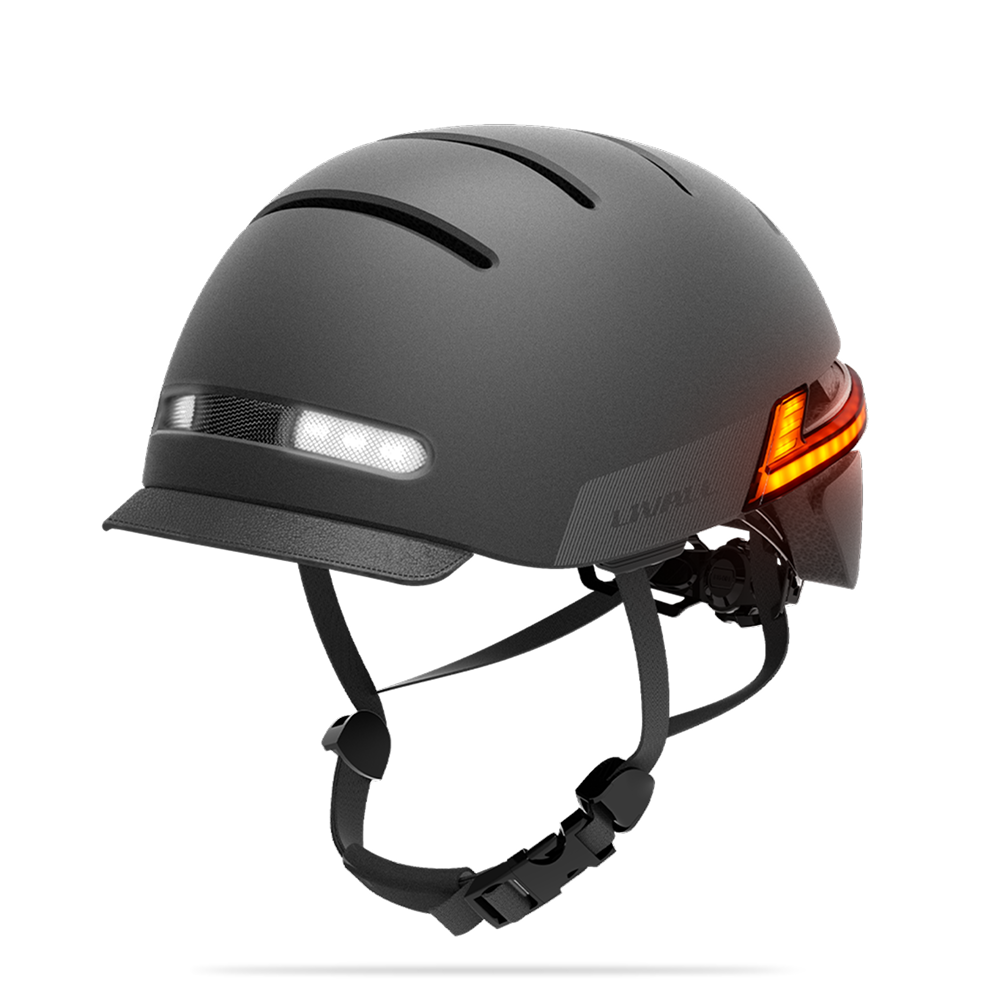
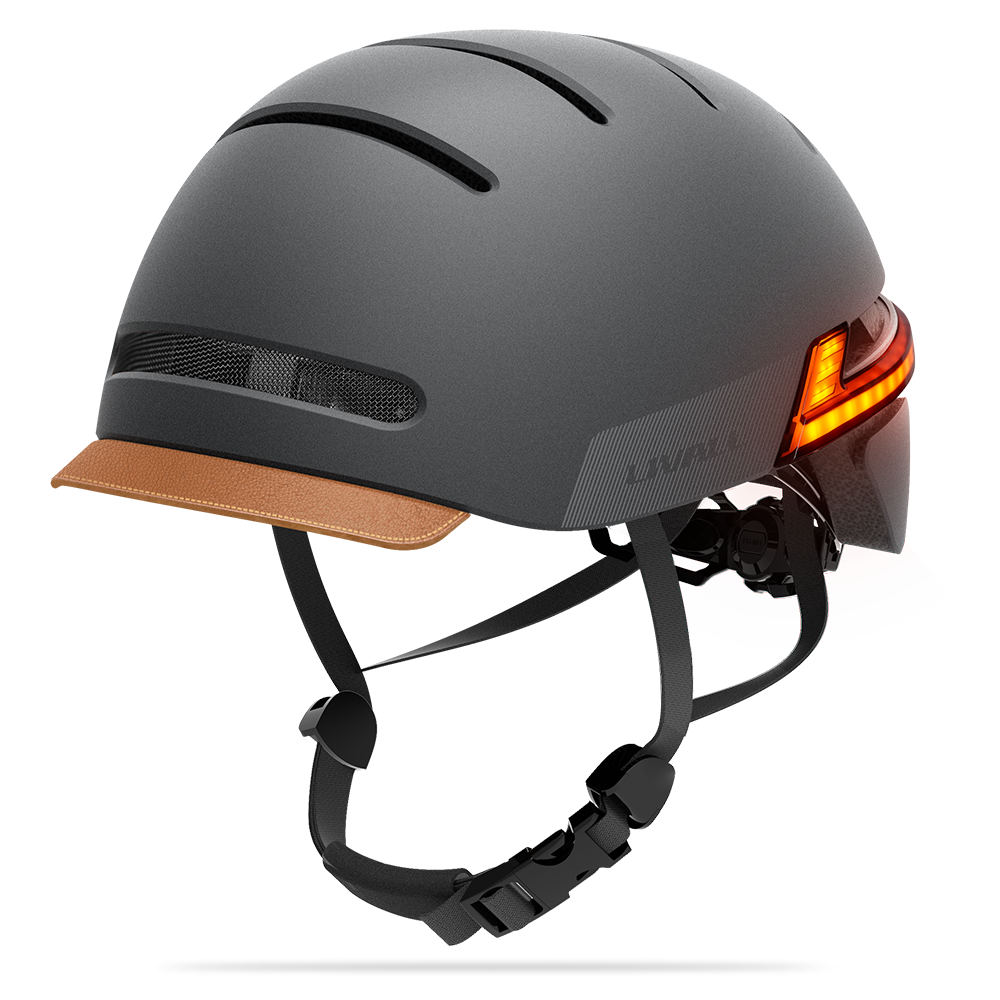




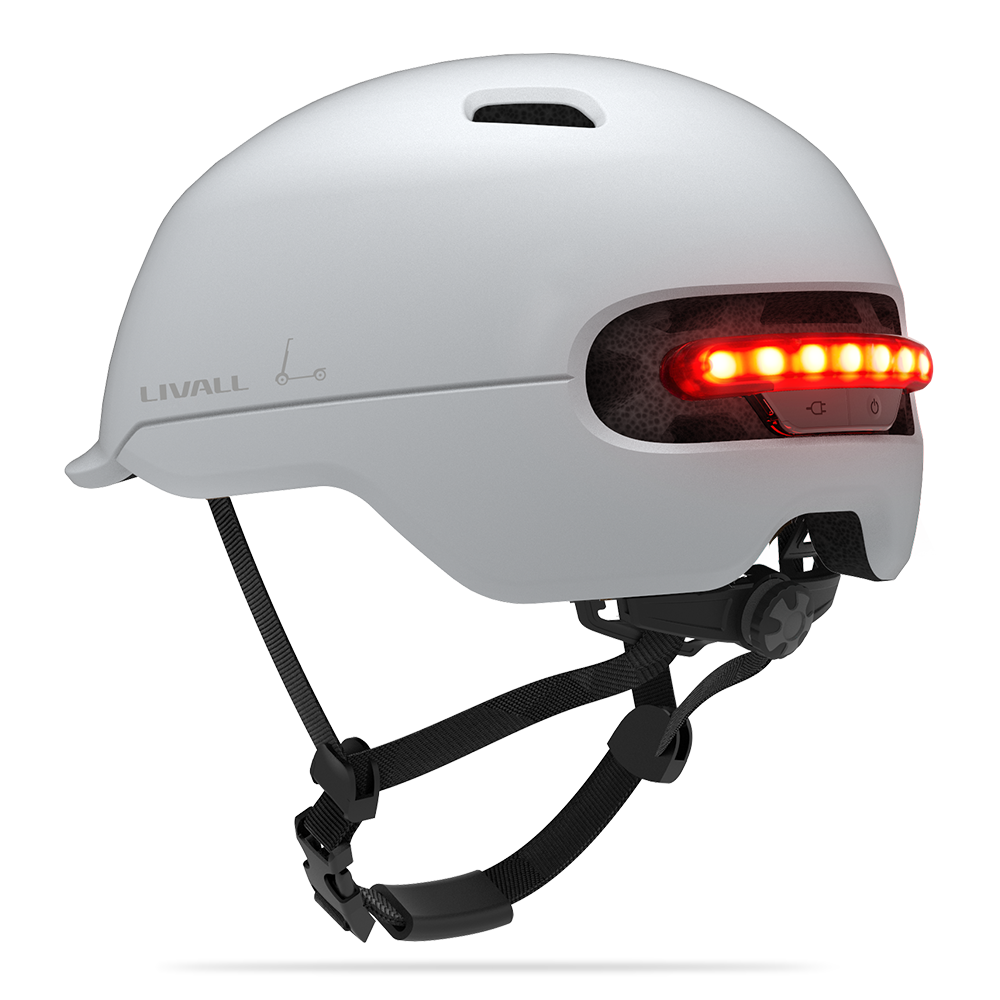
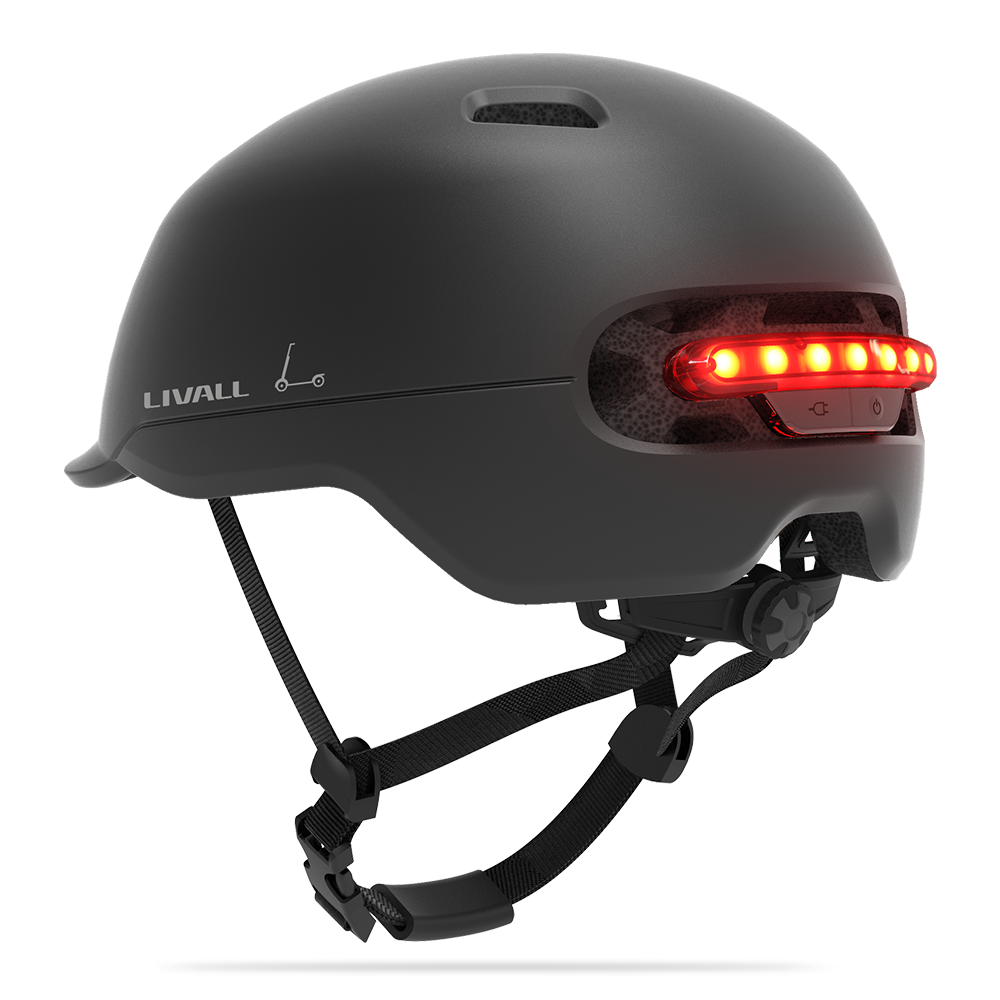
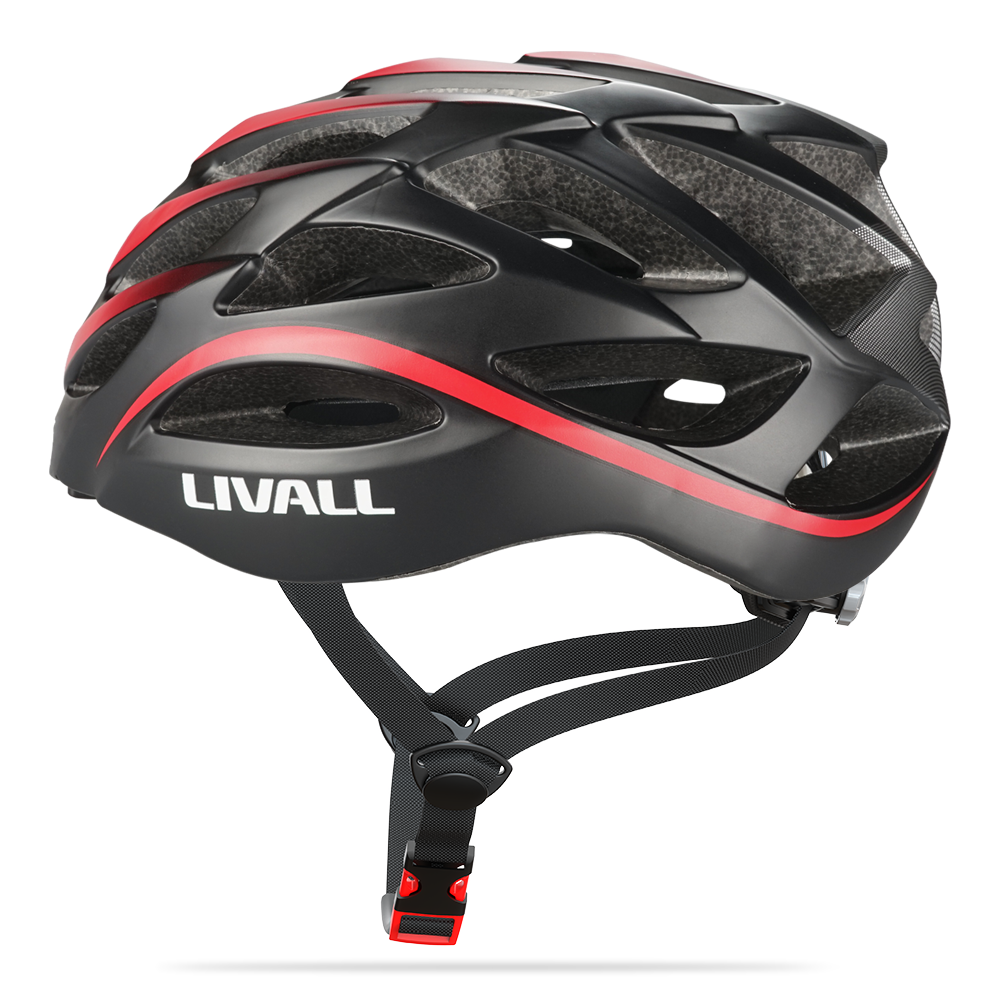
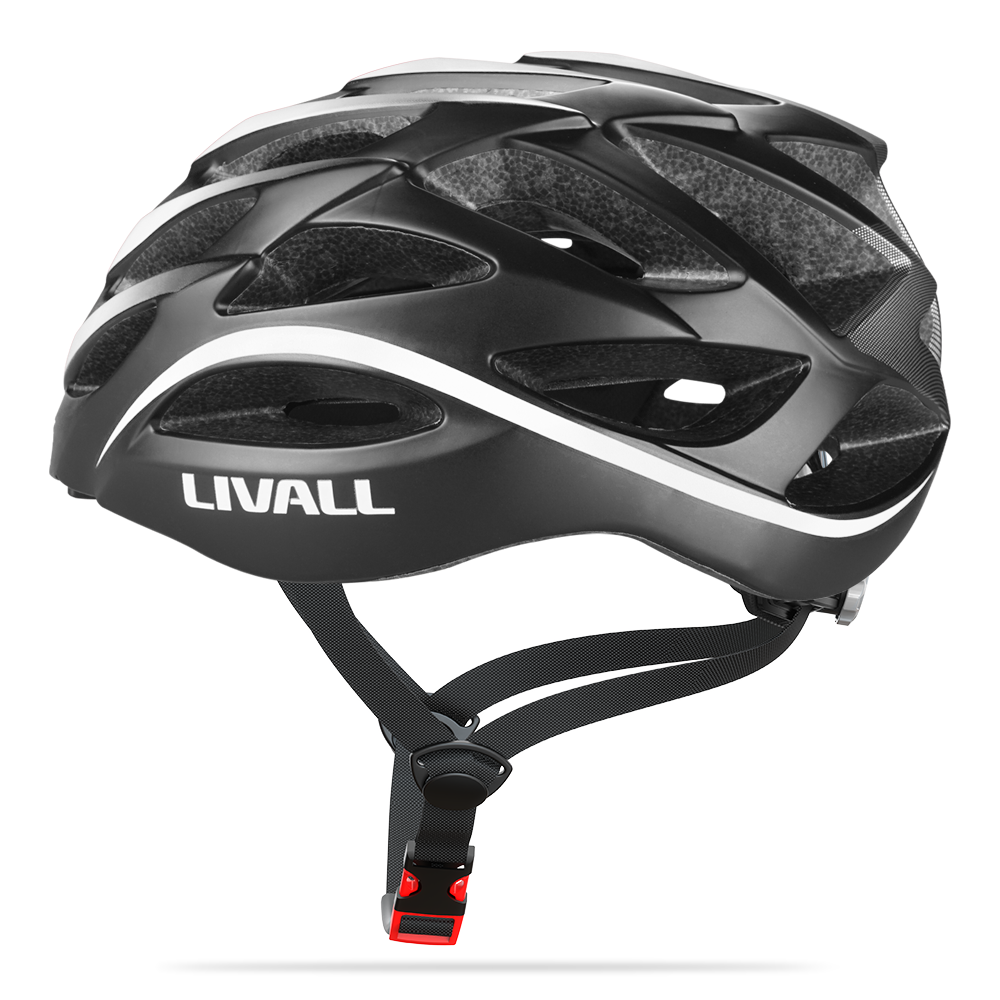




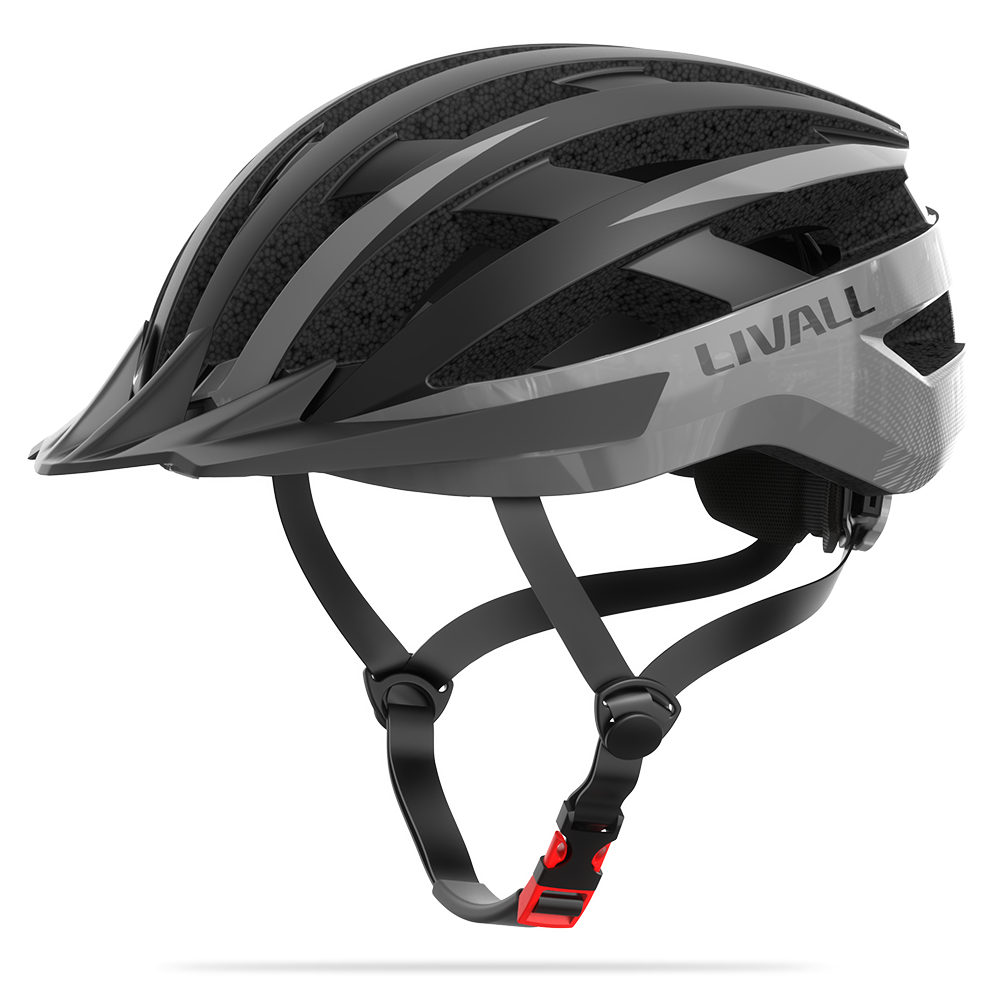
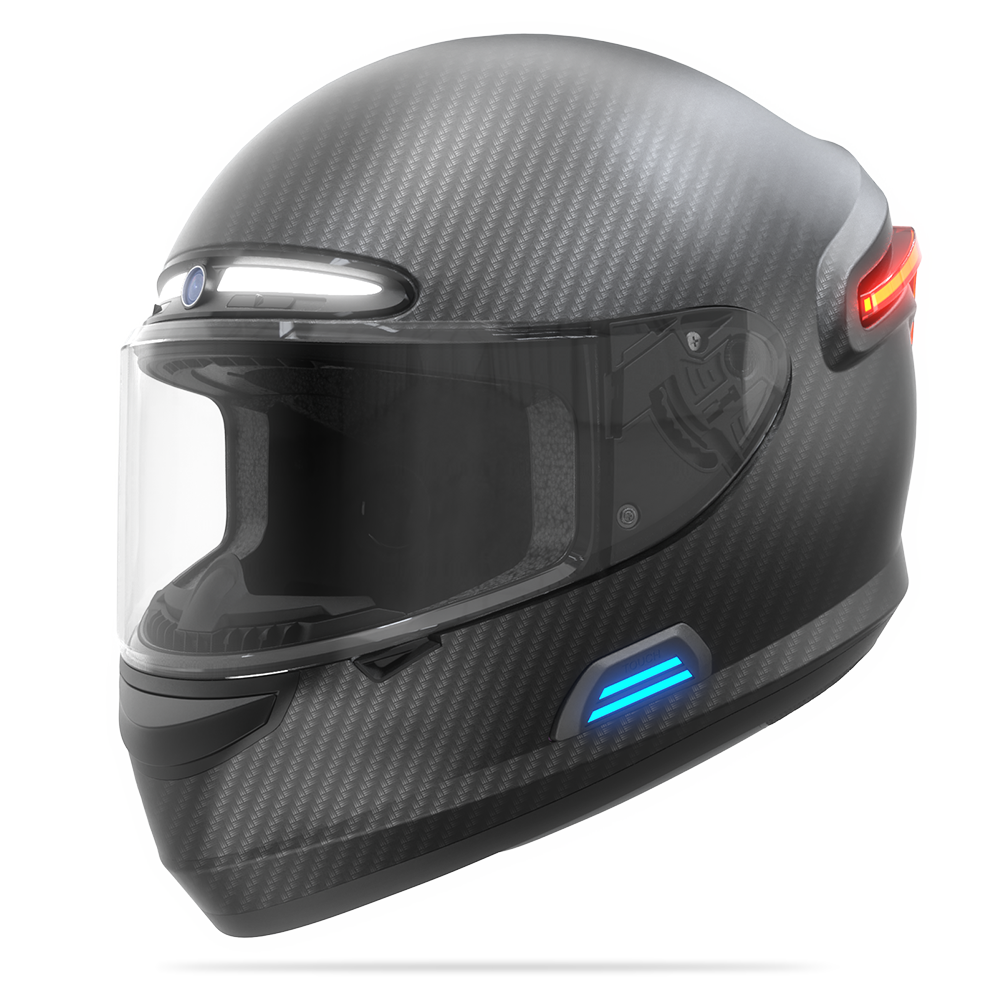





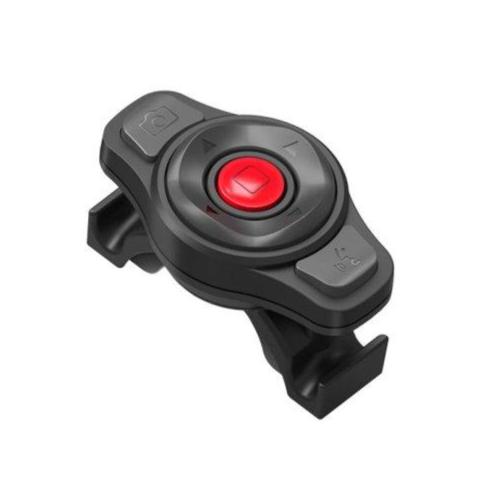
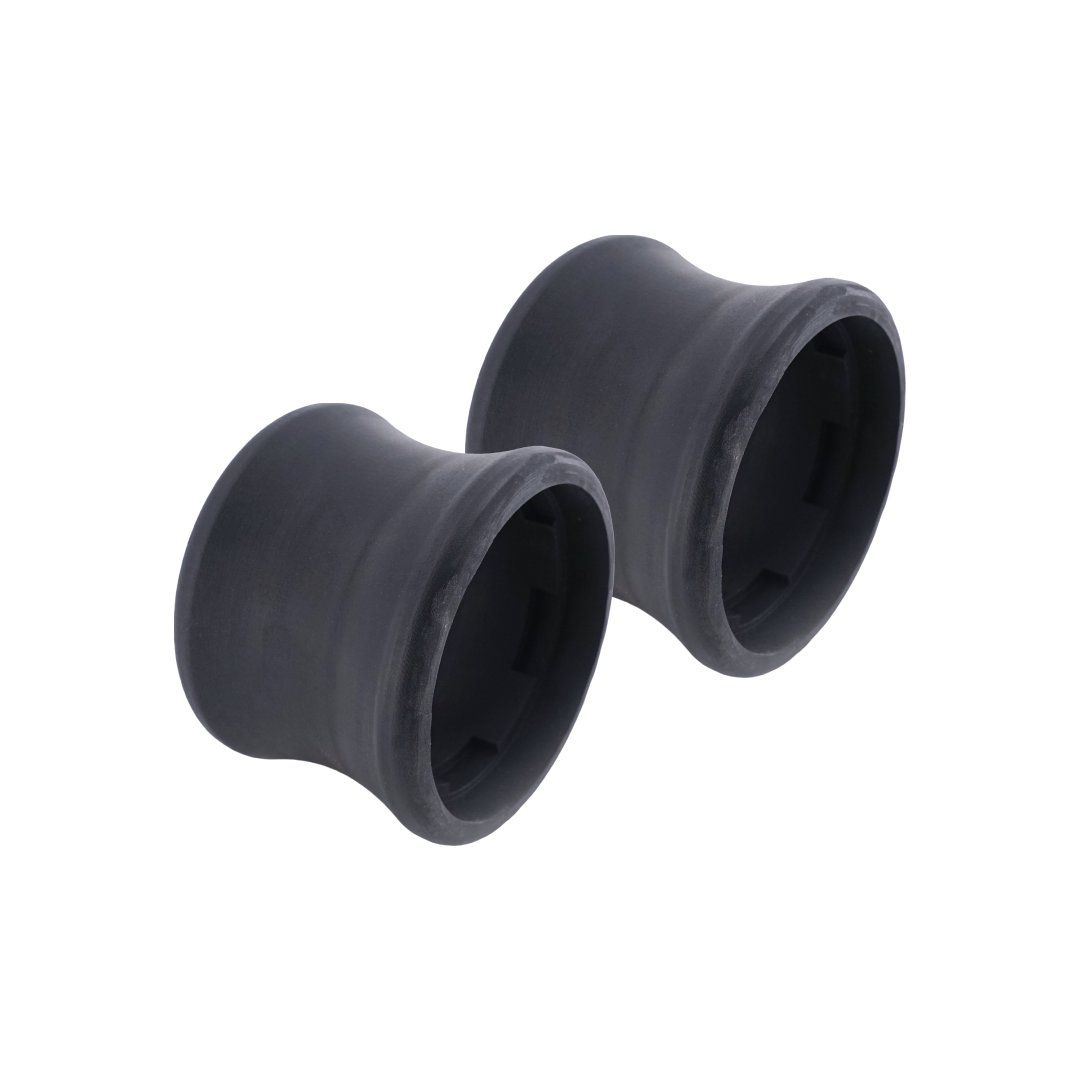

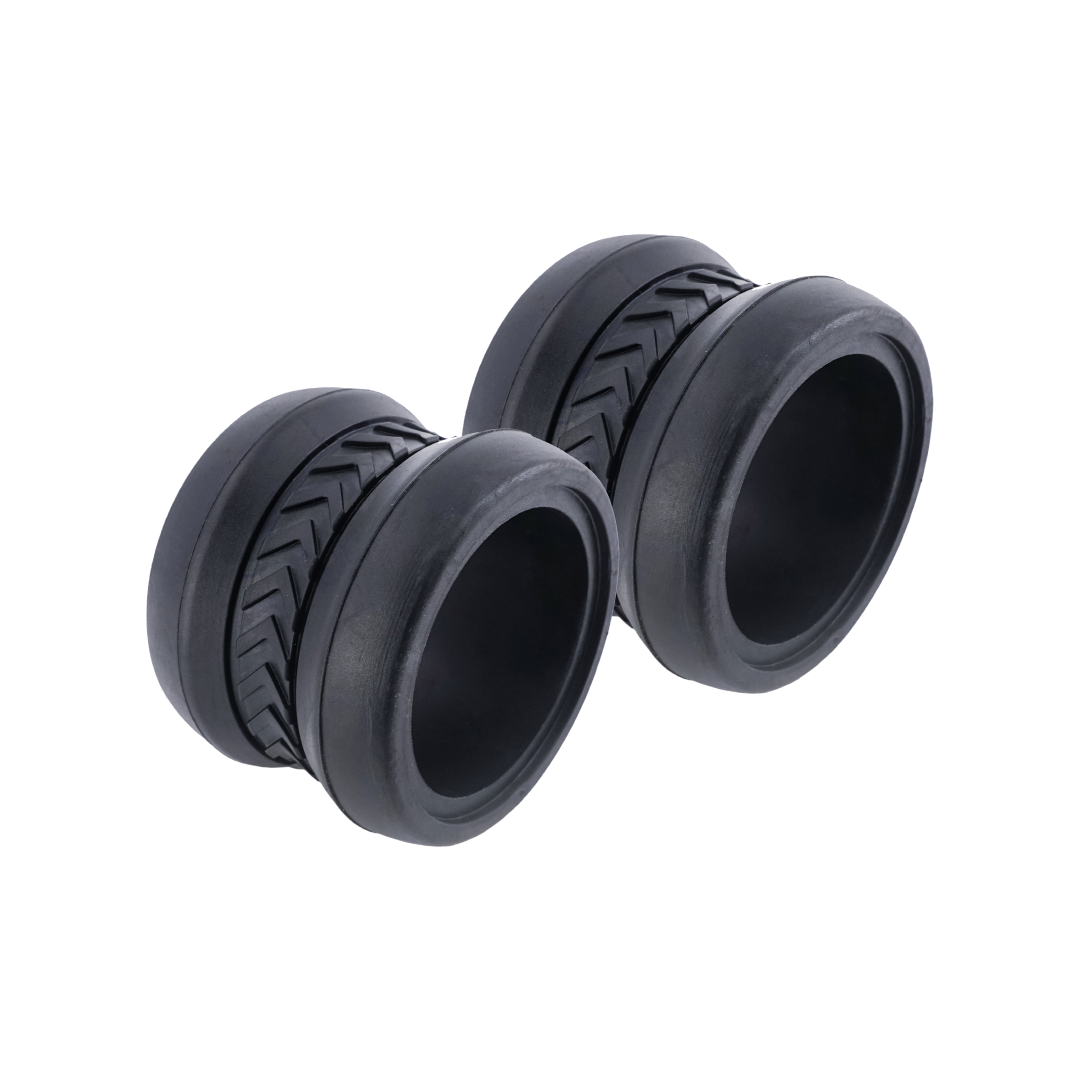
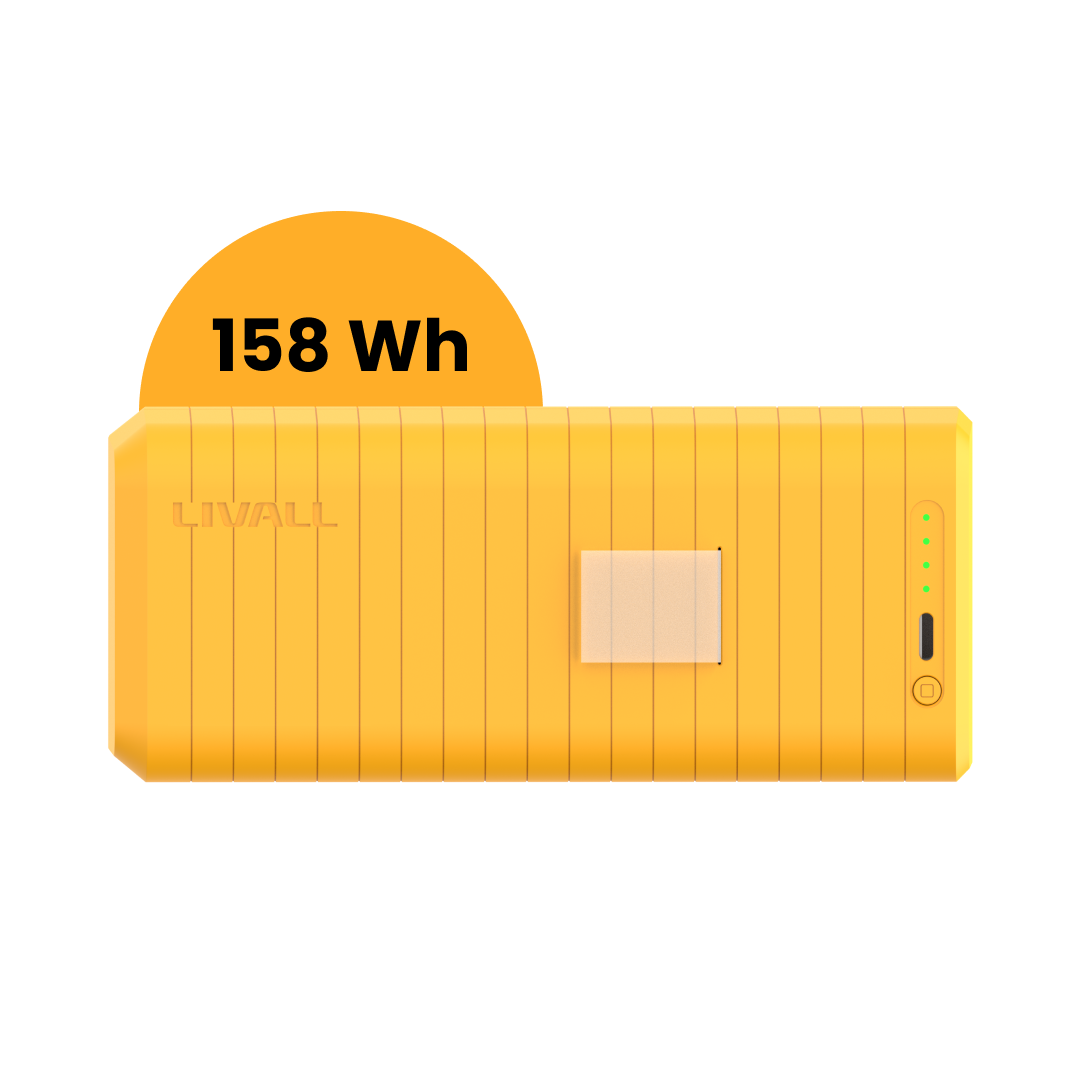
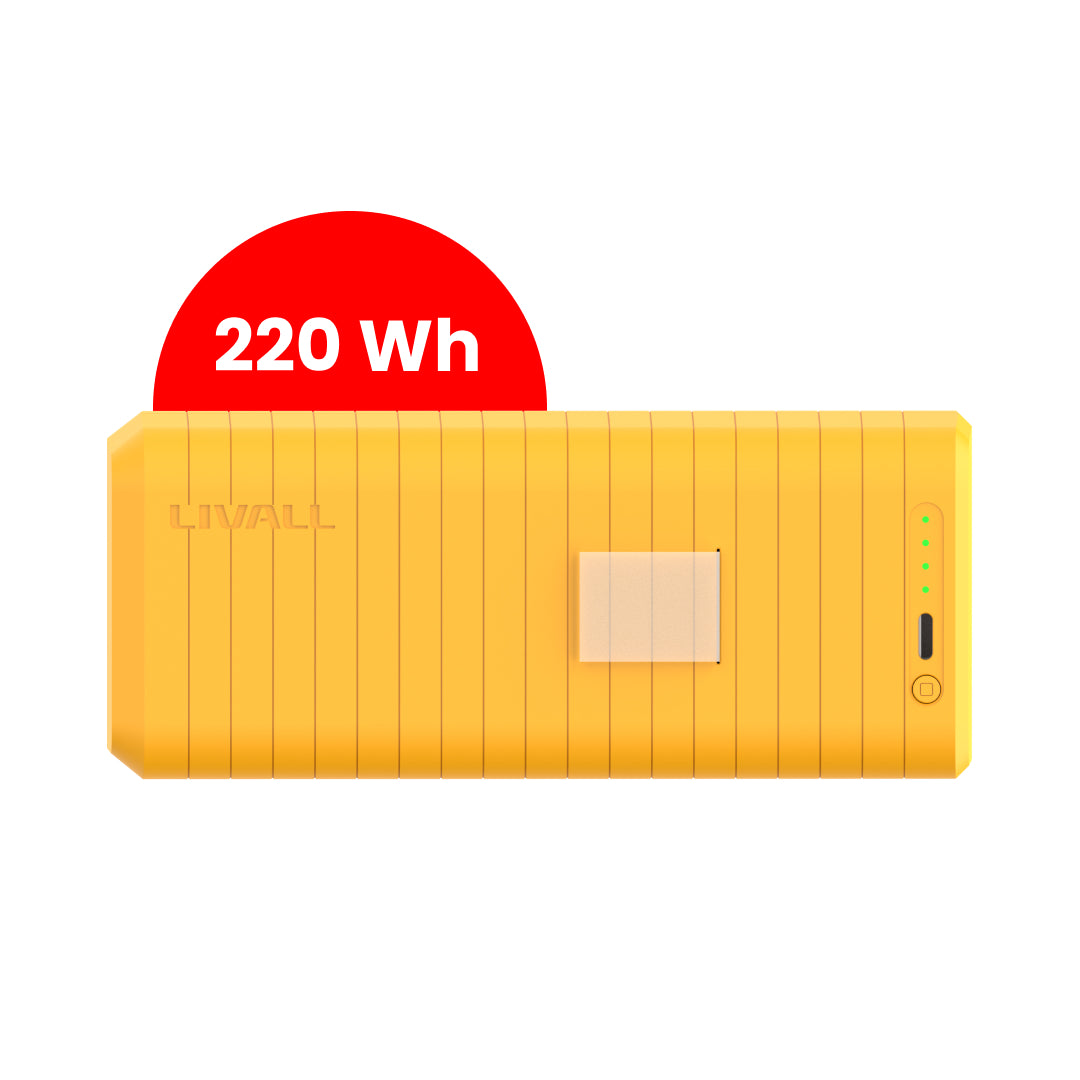
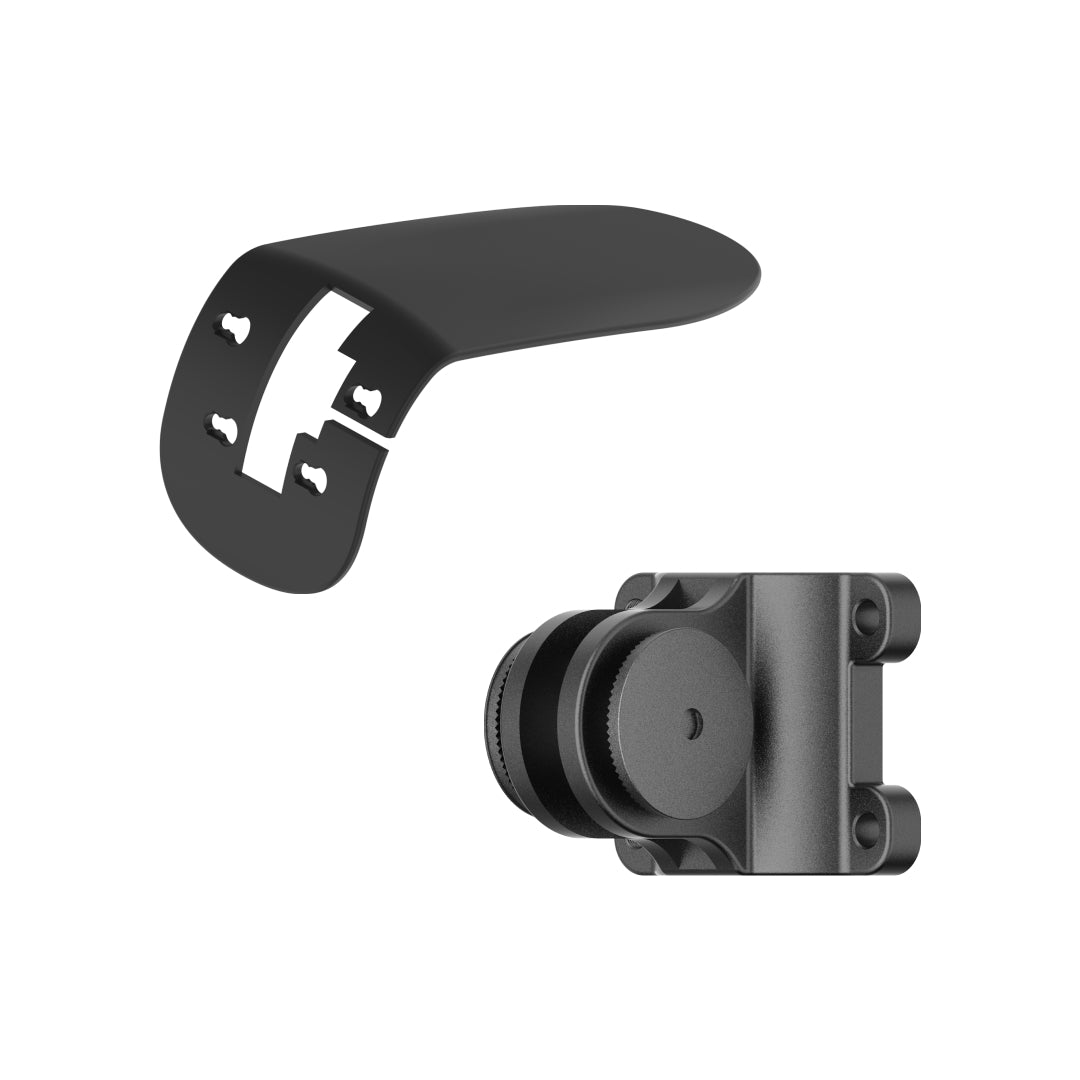
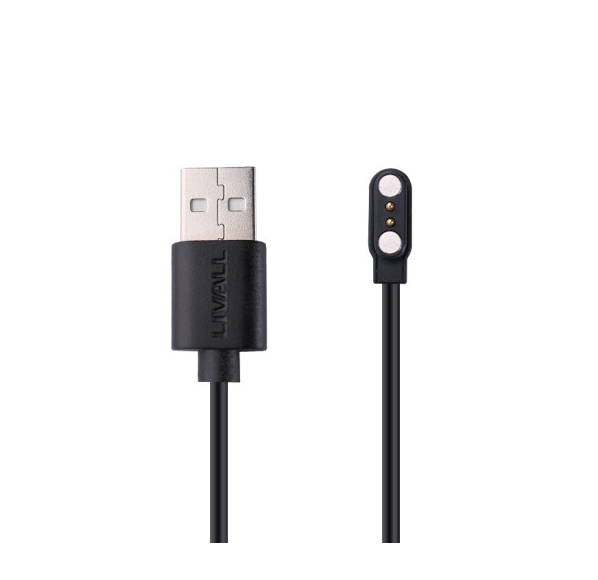
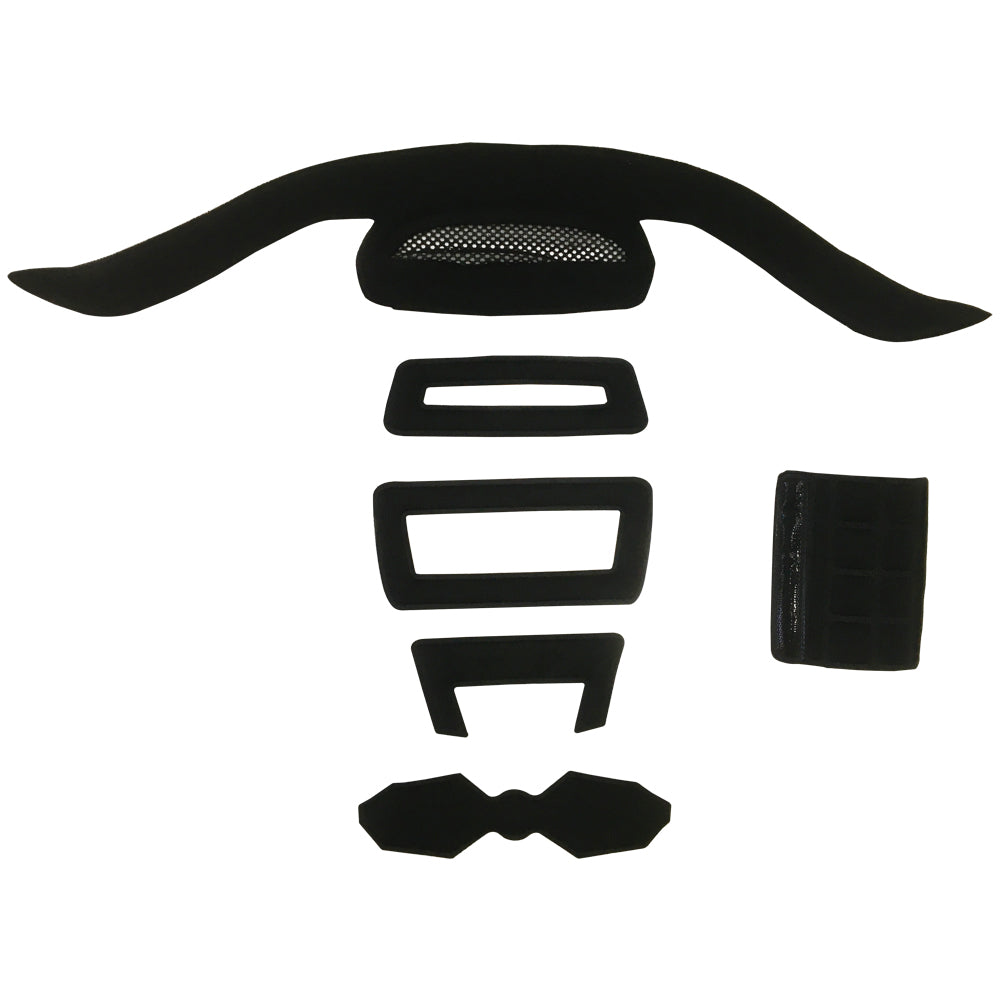
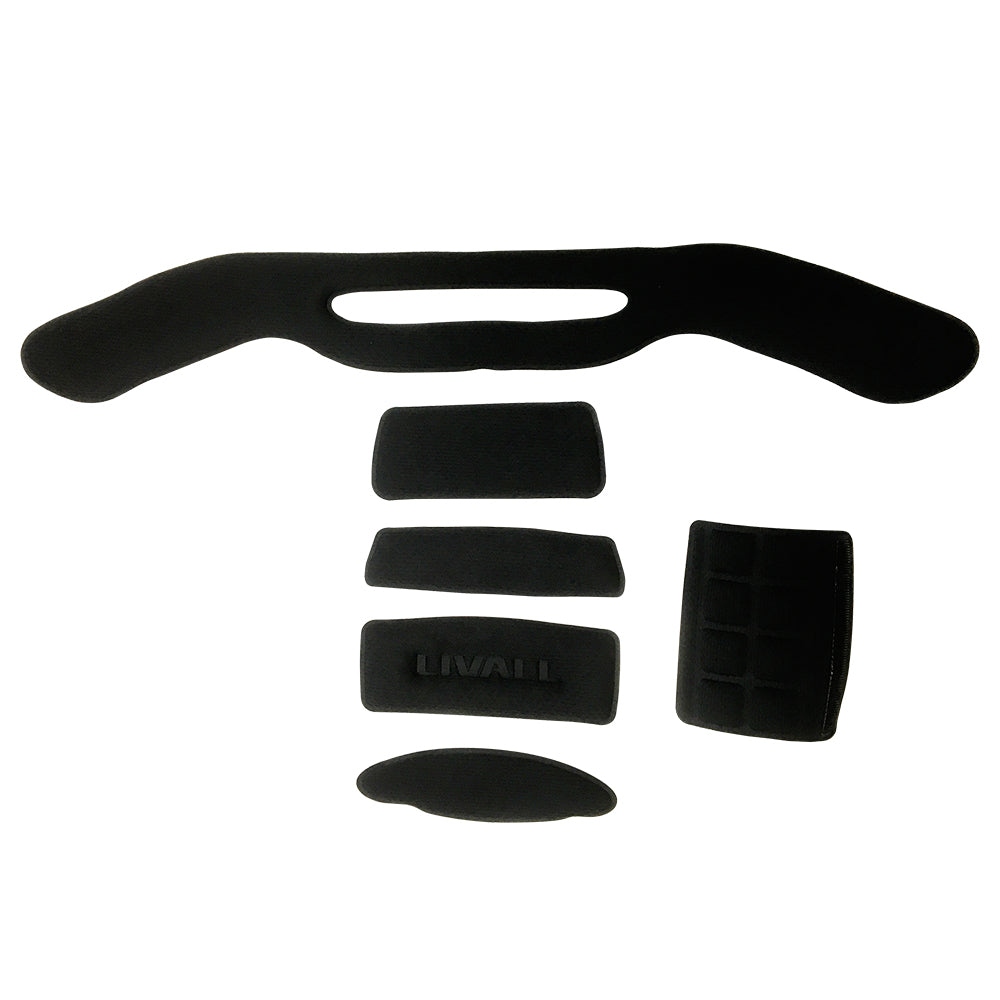
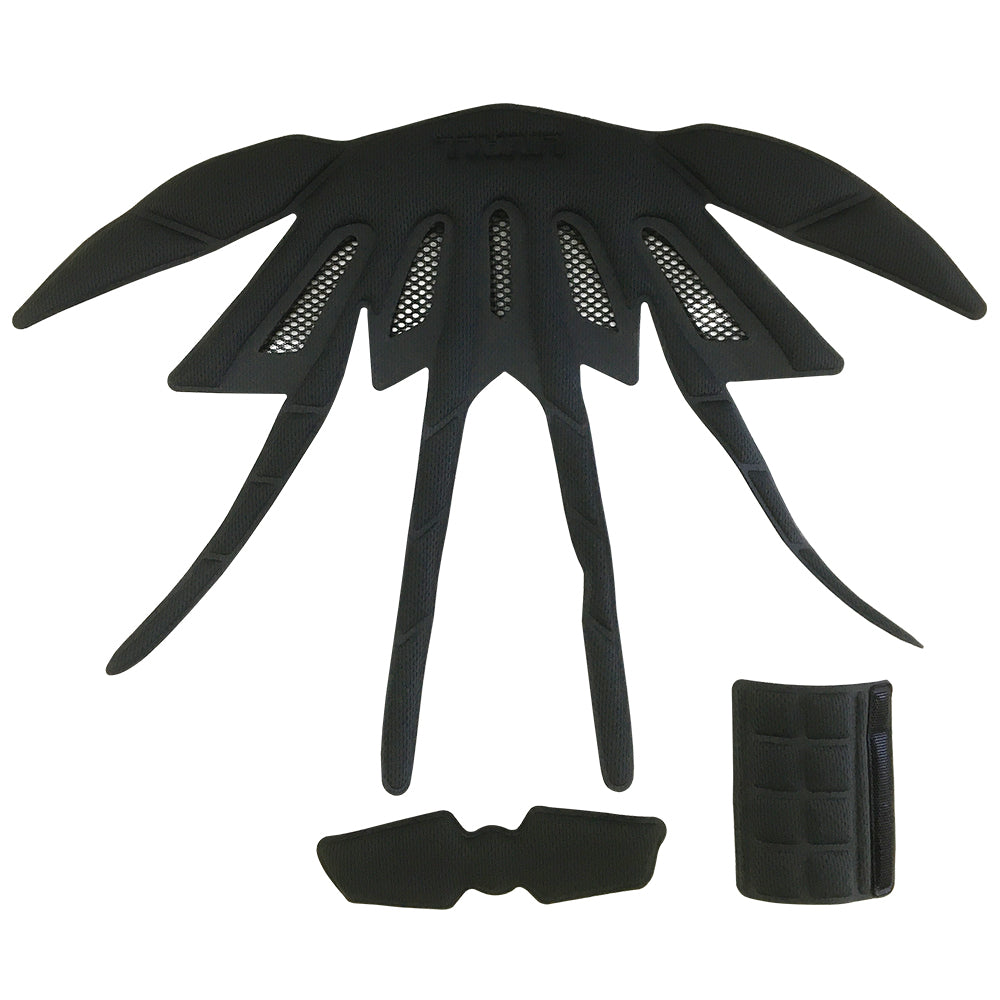
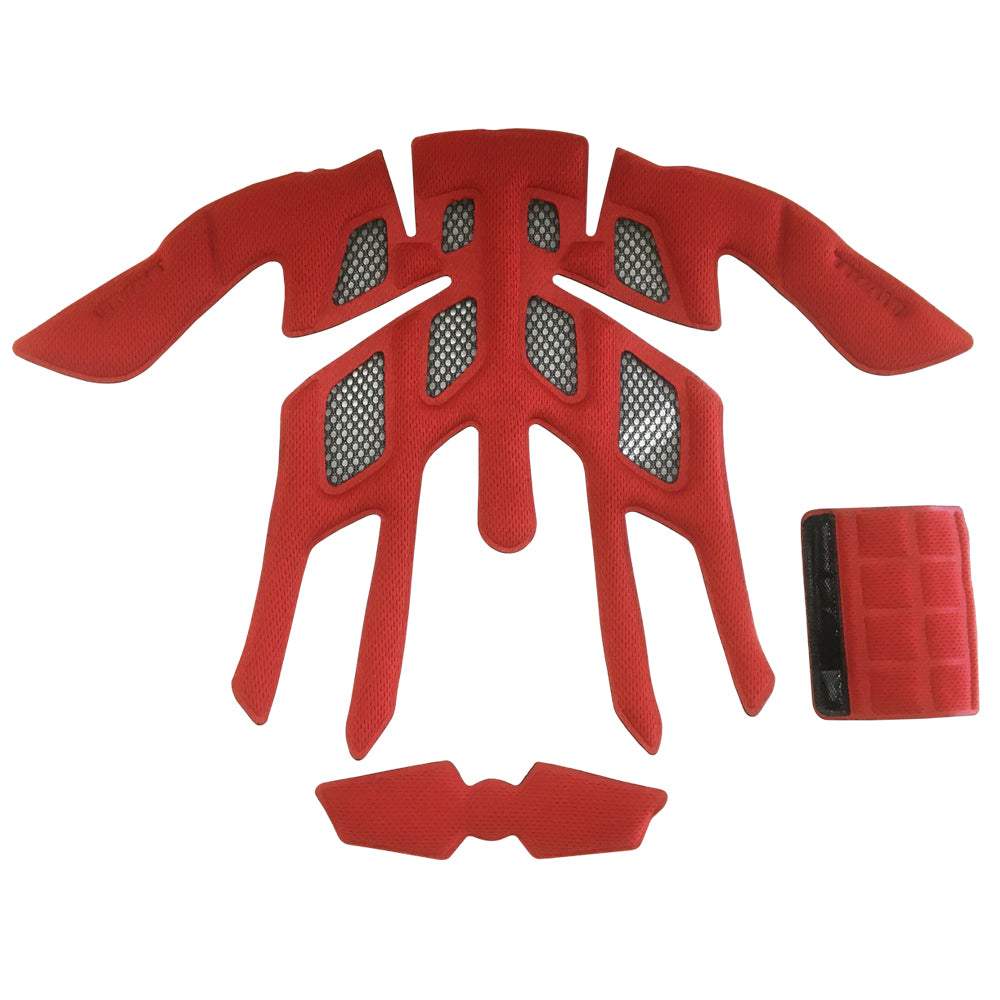
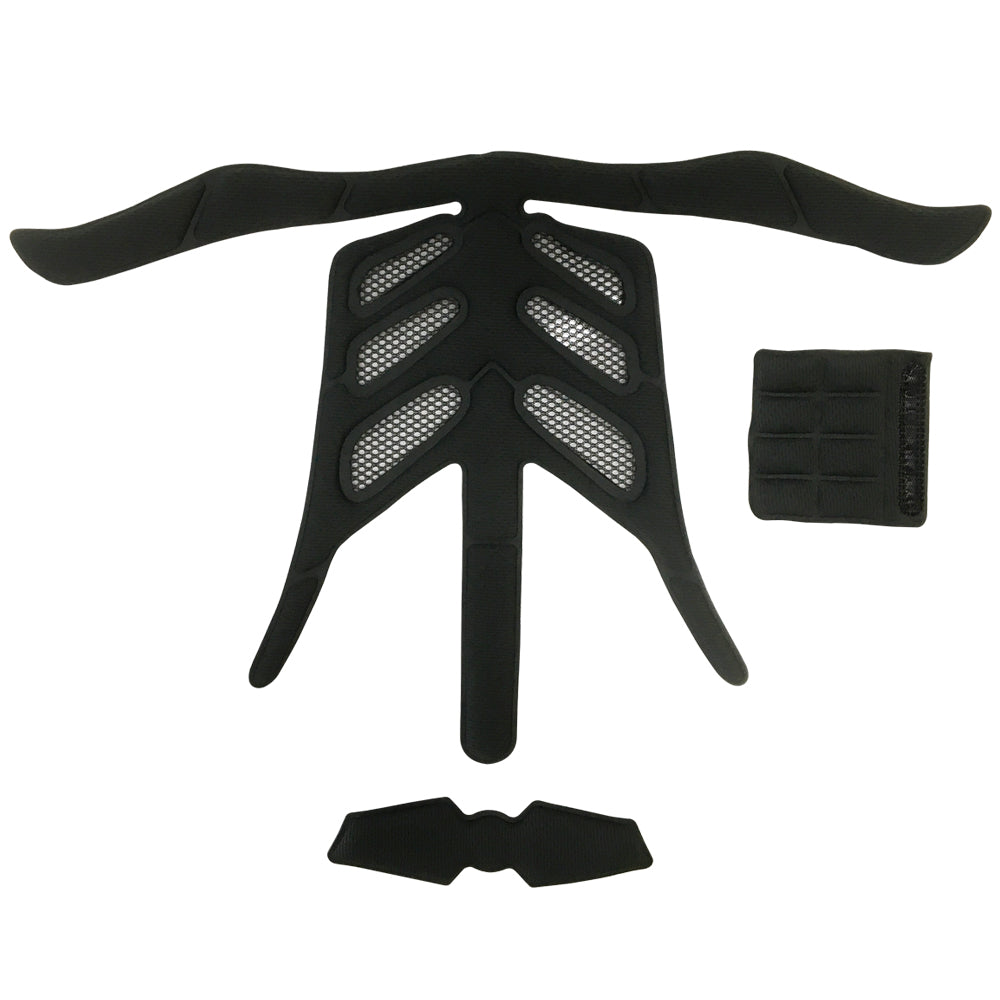

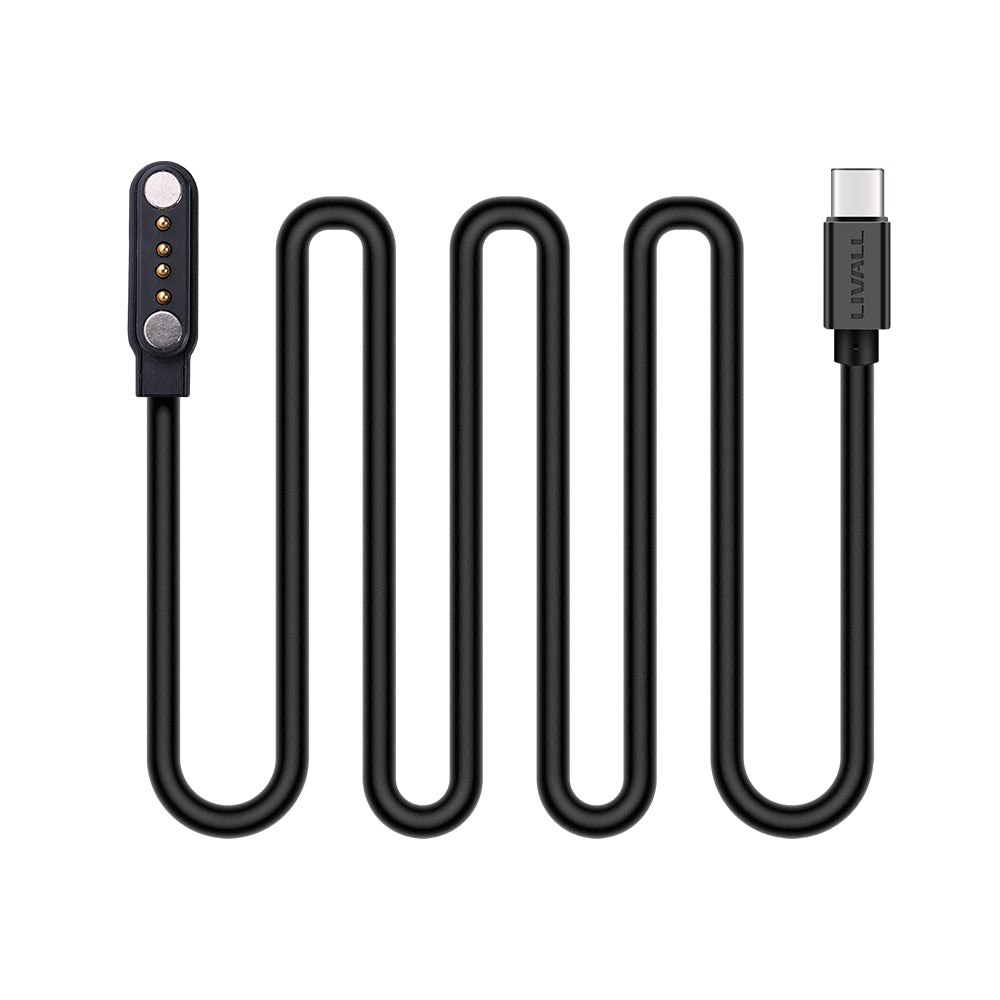

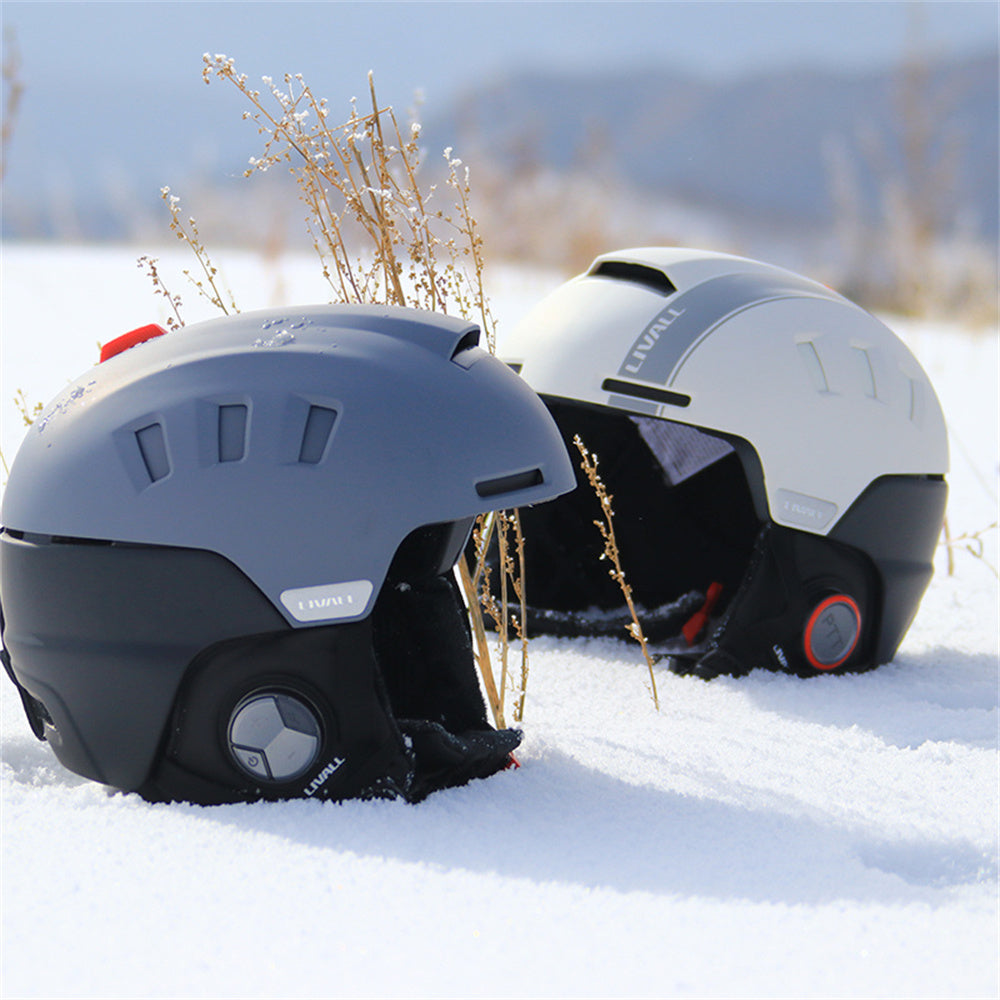
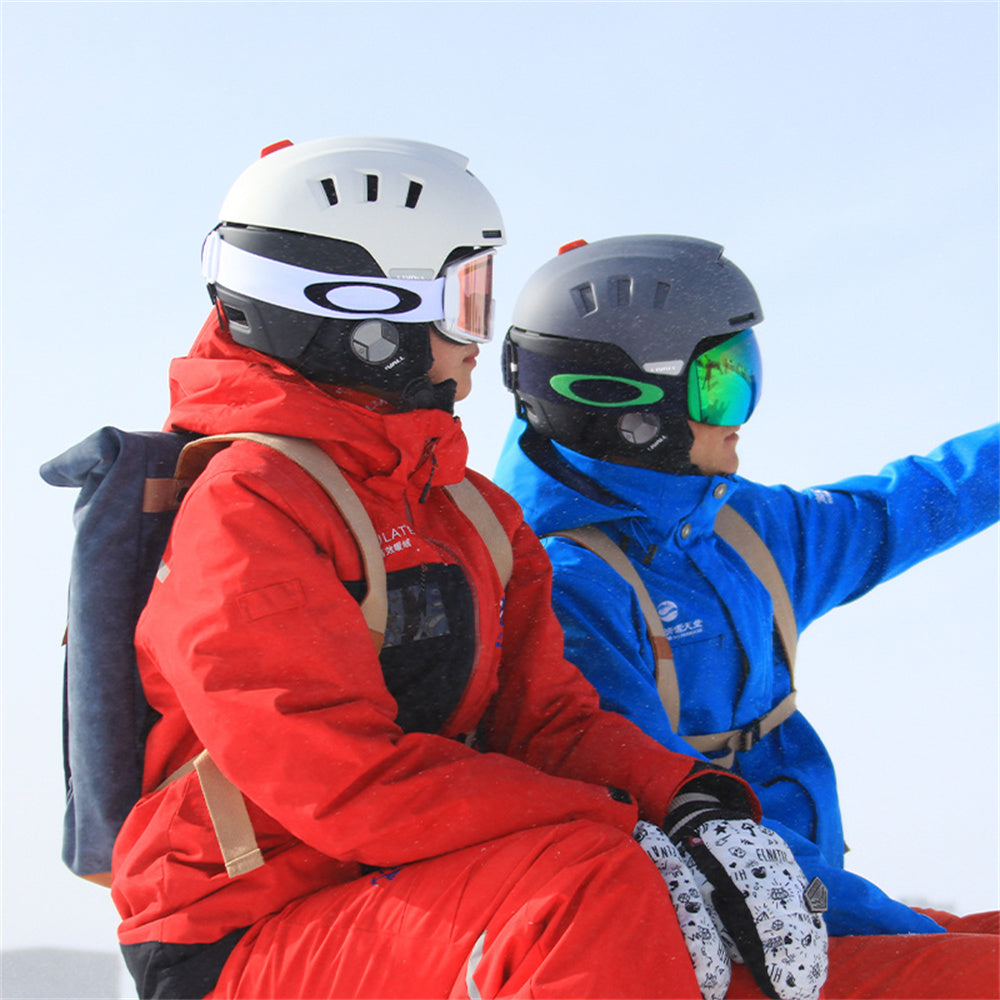
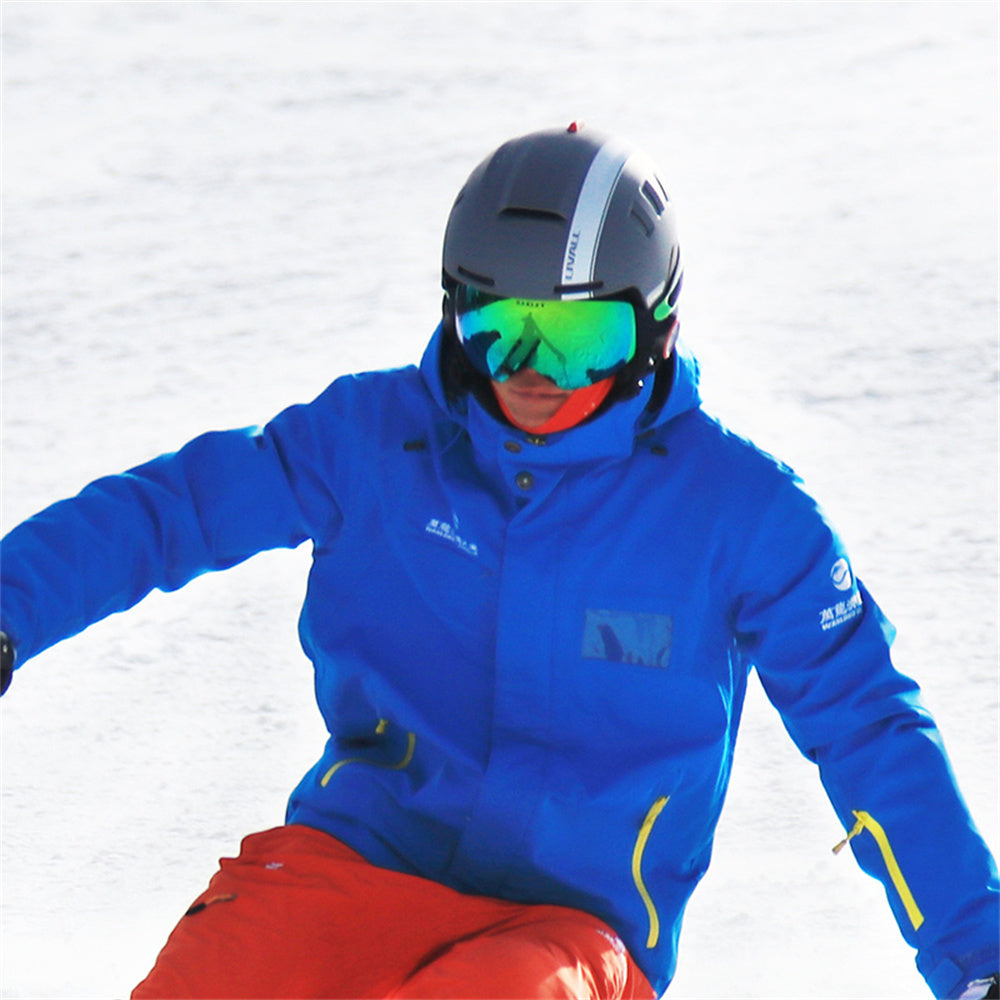
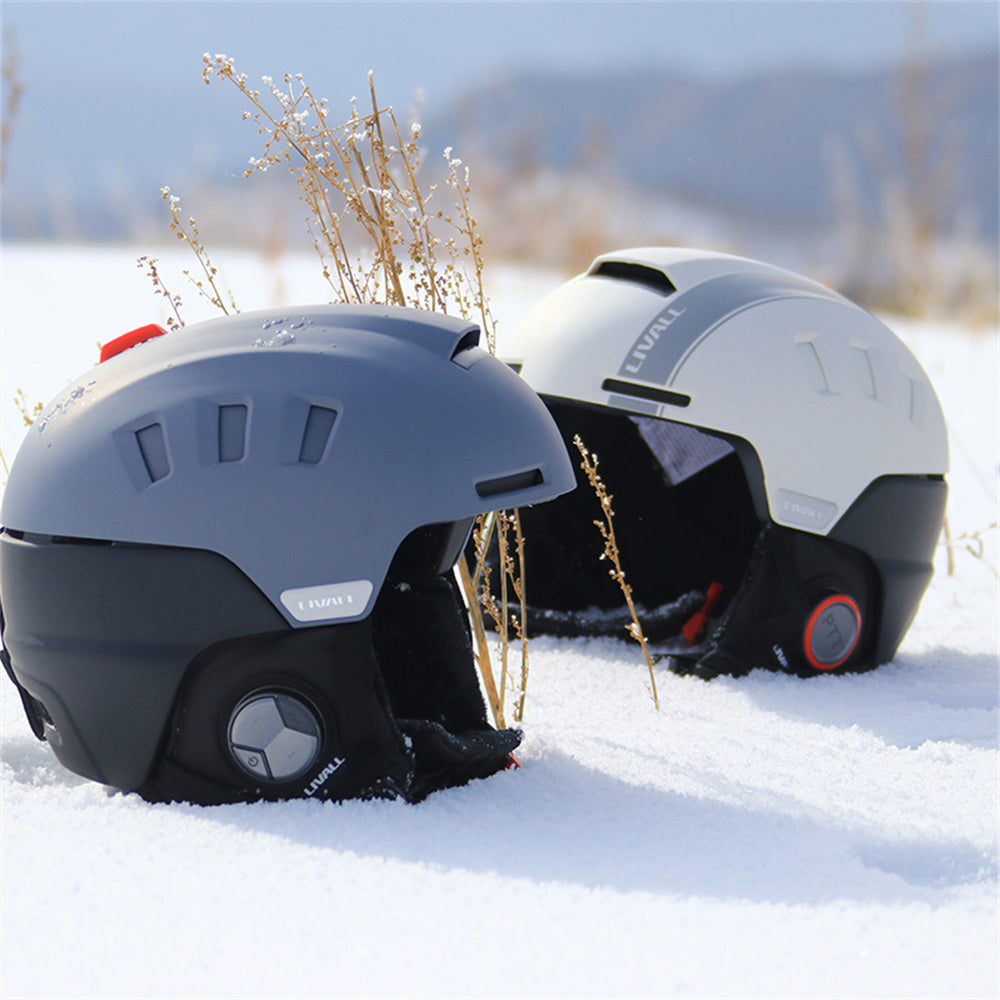
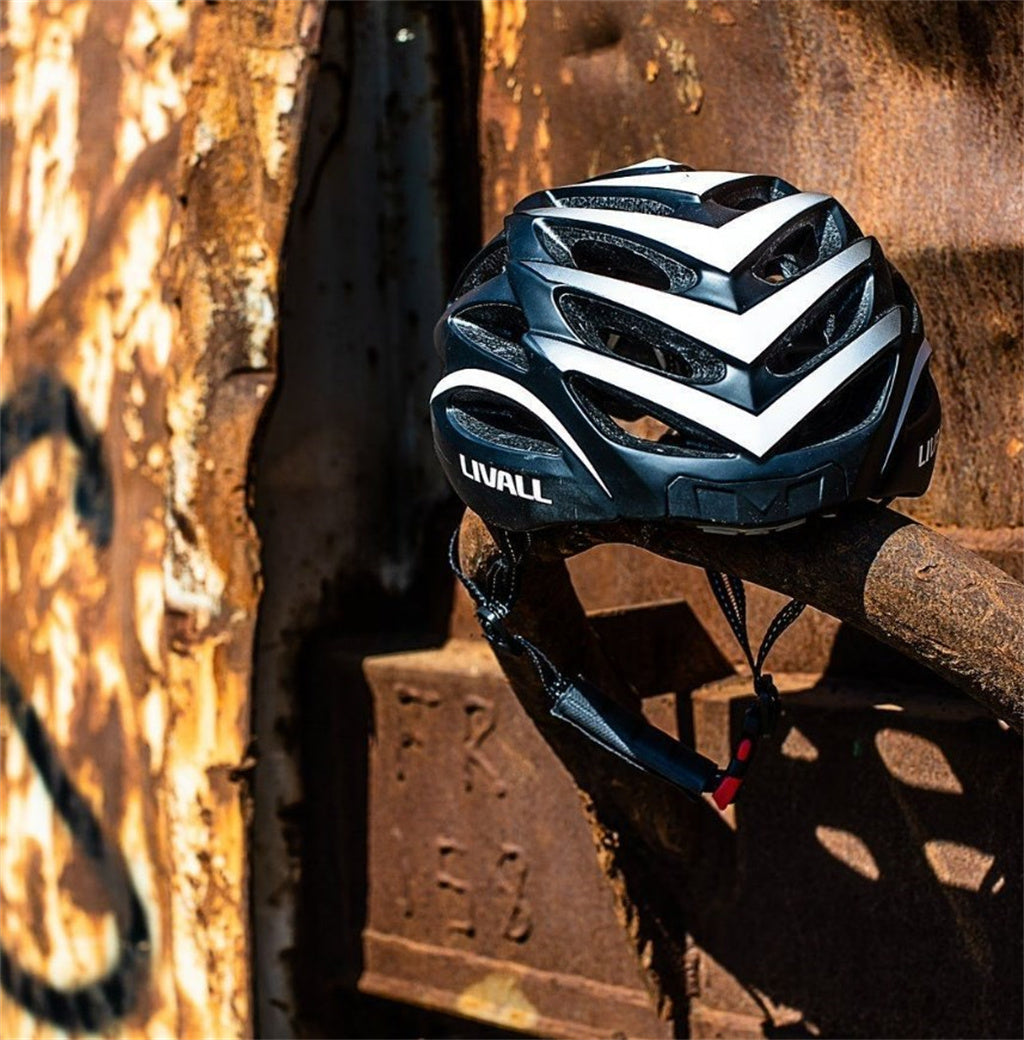




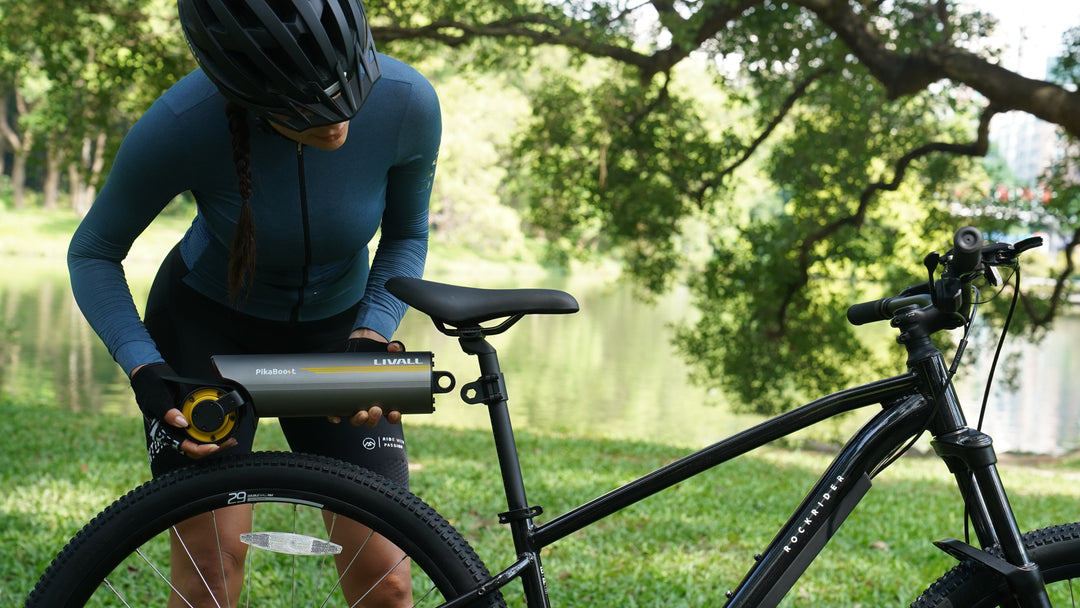



Leave a comment